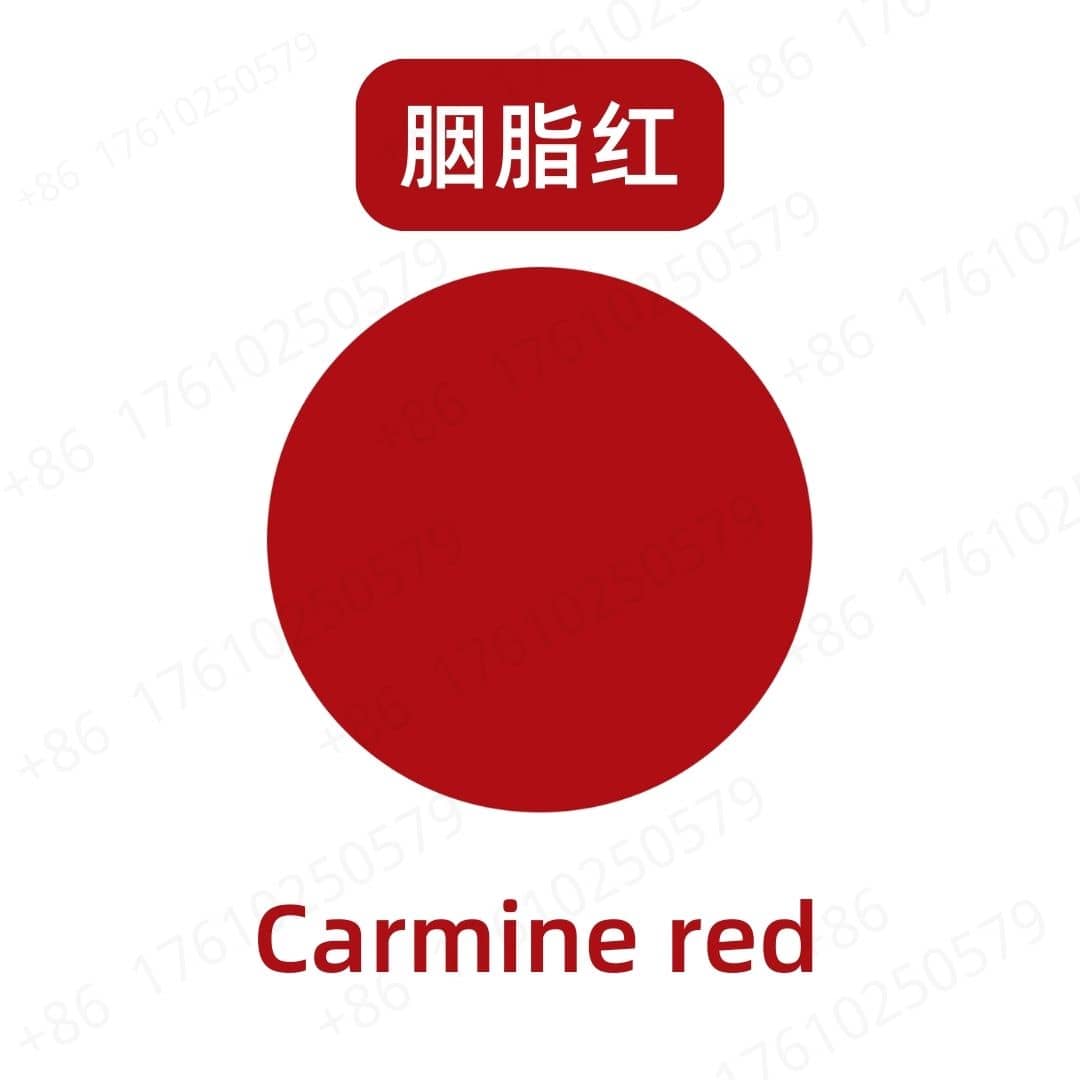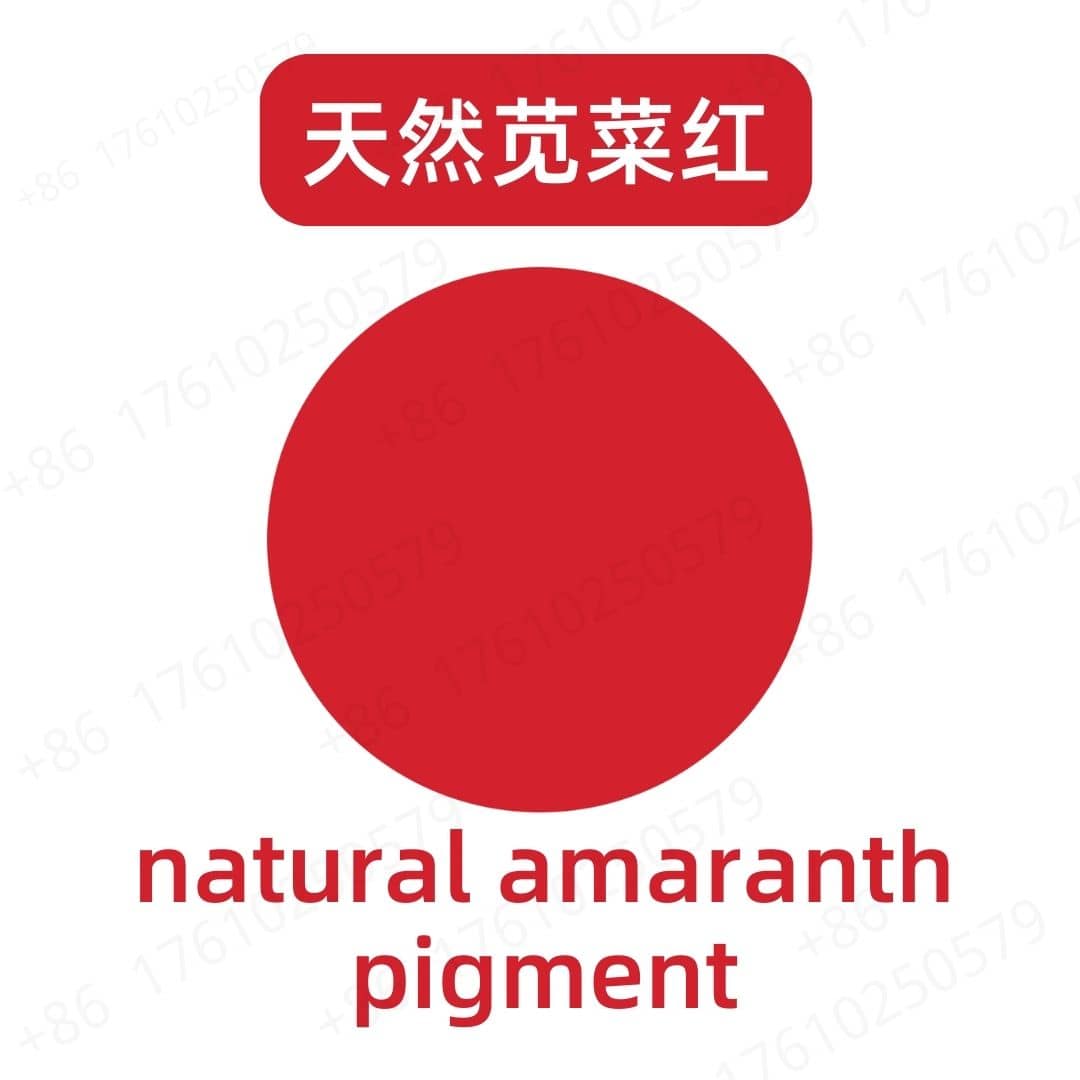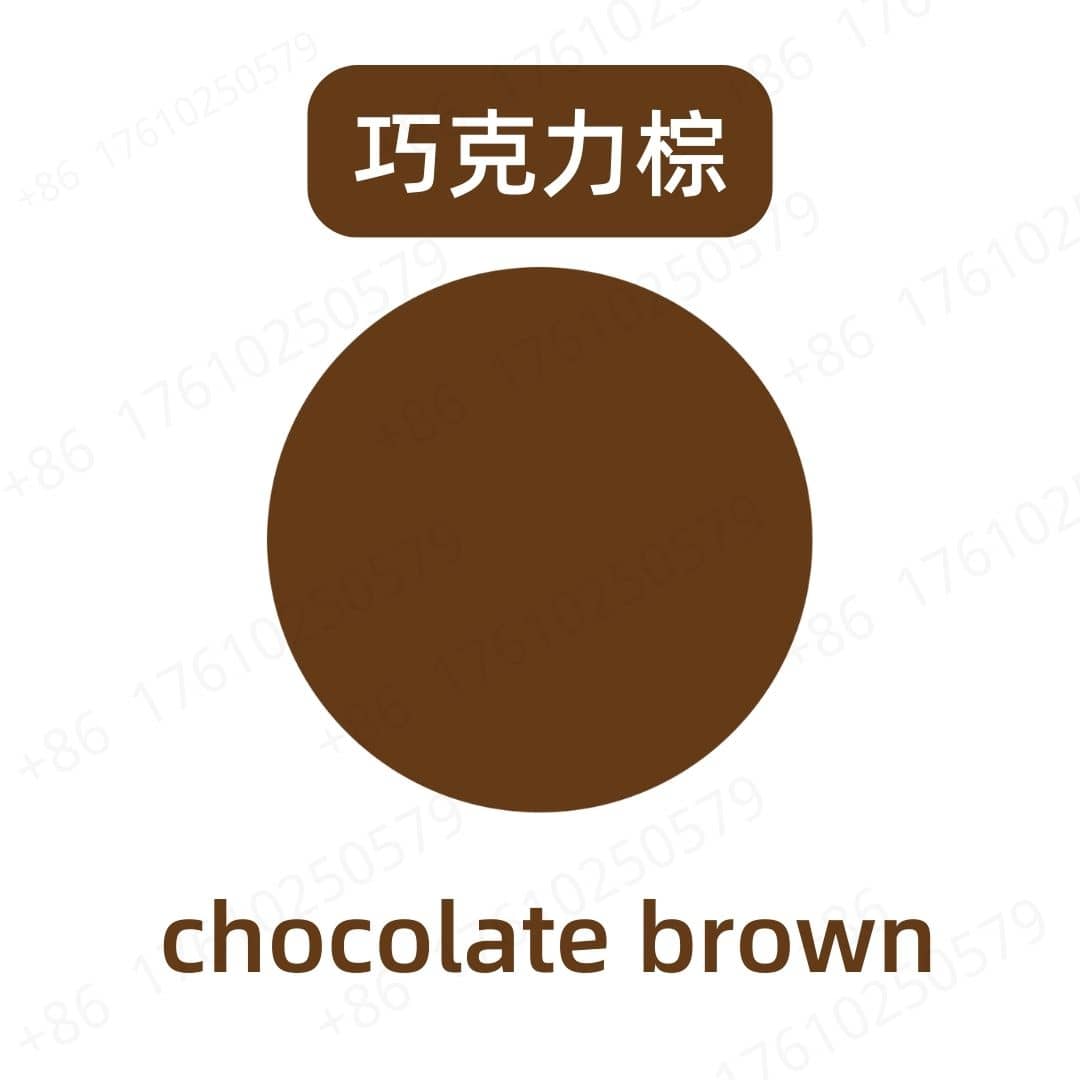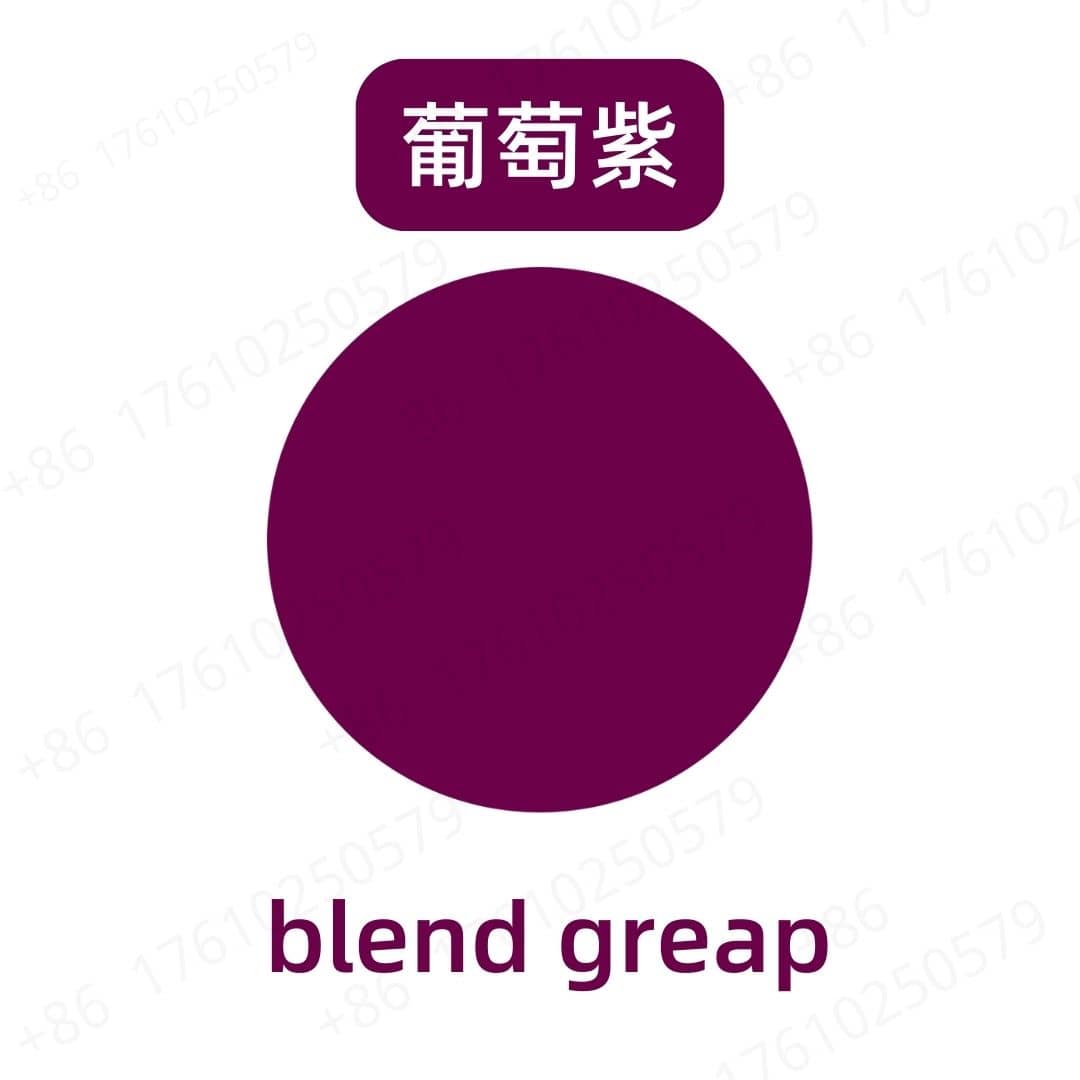Product Introduction
Apple green pigment, also known as malachite green, is a vibrant colorant derived primarily from chlorophyll. This natural pigment is valued for its bright green hue and wide range of applications. In the food industry, it provides an appealing appearance to products while being derived from natural sources. This pigment is also used in cosmetics and textiles, thanks to its stability and eye-catching shade. The use of apple green pigment has increased as consumers prefer products with natural colorants over synthetic ones.
Production Process
The production of apple green pigment involves extracting chlorophyll from plant sources, typically involving a method of grinding and isolation. The extraction process includes several steps to ensure purity, including filtration and concentration. After extraction, the pigment is dried and ground to achieve the desired powder consistency. This process helps to retain the vibrant color and quality of the pigment. Quality control measures are implemented throughout to ensure the final product meets industry standards for colorant use.
Application Scenarios
In the food industry, apple green pigment is commonly used to color candies, beverages, and baked goods, enhancing visual appeal and consumer interest. It can also be found in desserts, ice creams, and jellies, where a natural green color is desired. In cosmetics, this pigment serves as a coloring agent in items like soaps and lotions, providing a natural look without synthetic dyes. Furthermore, apple green pigment is employed in textile applications, where its vivid color improves fabric aesthetics. Its versatility makes it a popular choice across multiple industries.
Packaging and Storage
Storage Conditions: Store in a sealed, light-proof container, away from high temperatures, in a dry, cool, and well-ventilated place.
Packaging: Bulk: 25kg/fiber drum; Sample: 1kg/aluminum foil bag; Custom packaging available upon request.
Shipping Methods: FedEx, DHL, dedicated logistics, and sea freight consolidation.
Shelf Life: Two years
Monica Sun possesses extensive technical expertise and market insights in the food additives industry. She excels in designing efficient and safe additive formulations tailored to various food applications, ranging from sweeteners to functional dietary fibers. Monica has successfully assisted food manufacturers in optimizing ingredient combinations to enhance product quality and improve consumer satisfaction.

















